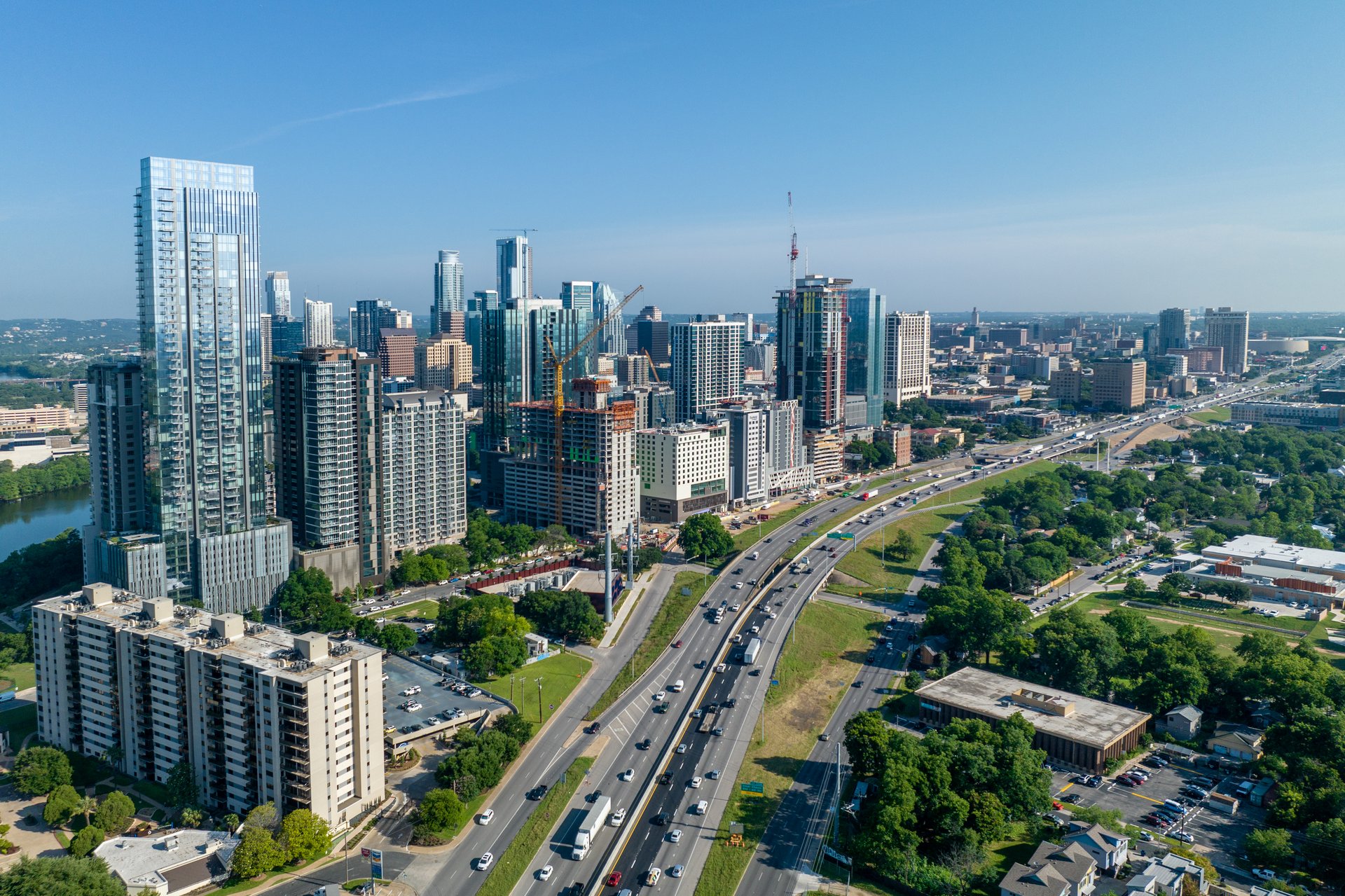They bought homes during the pandemic. Now they're underwater and stuck
A growing number of American homeowners are finding themselves underwater. Here's what that means for the economy

Brandon Bell/Getty Images
A growing number of American homeowners now owe more on their mortgages than their homes are worth, a condition known as being "underwater." While still a small share of the overall market, the shift is most visible in places such as Cape Coral, Florida (7.8% of mortgages underwater), Austin, Texas (4.2%), and San Antonio, Texas (4.3%).
All these were hot markets during the pandemic housing boom. But now, home prices are pulling back sharply, leaving recent buyers stuck — and anxious.
An Atlanta-based real estate agent, Tim Hur, told The Wall Street Journal that he’s “seeing more people willing to sell at a loss because they are fearful their equity will turn negative.”
“One of his clients had bought a roughly 1,600 square-foot, three-bedroom home for about $400,000 around three years ago. The house is now on the market for around $385,000,” according to The Journal. The homeowner isn’t underwater yet, but the fear runs deep, prompting him to sell before the situation gets worse.
Effects on homeowners: reduced mobility, added stress
Being underwater can be both financially and psychologically difficult. Homeowners in this position typically can’t sell without bringing cash to the table to pay off the loan balance, which leaves those who can't muster the cash fixed in place — unable to move for a new job, a better school district, or any other reason.
What’s more, refinancing is generally off the table, too, because lenders won’t issue new loans on homes worth less than the outstanding mortgage.
This isn’t the first time U.S. homeowners have faced a rise in what's known as "negative equity." The 2008 housing crash left millions underwater after loose lending famously fueled a bubble. Then, when prices collapsed, many borrowers walked away from their homes entirely, leading to mass foreclosures.
What’s changed between 2008 and today
Fortunately, today’s environment is very different: Lending standards are tighter, and homeowners still have trillions in equity overall.
But buyers who use low down-payment loans — like FHA- and VA-backed mortgages — are especially vulnerable to even modest price declines. Buyers using such loans account for as much as one-third of mortgages issued each year. Meanwhile, some markets have seen prices drop 15-20% from their 2022 highs, as higher mortgage rates slowed demand. That leaves a significant portion of homeowners nationwide vulnerable to such pullbacks.
For now, most economists don’t expect a foreclosure wave. As long as people can keep up with their payments and stay employed, being underwater may remain more of a logistical headache than a financial crisis.
But it’s one more sign of how the housing market’s pandemic sugar high is fading. And the economy of 2025, with its challenging white-collar job market and waves of layoffs, appears far from totally sound.
